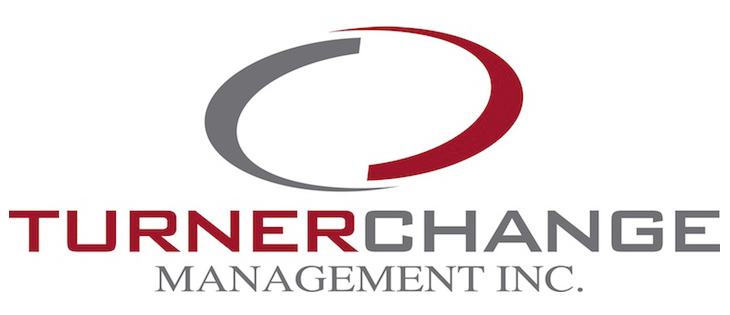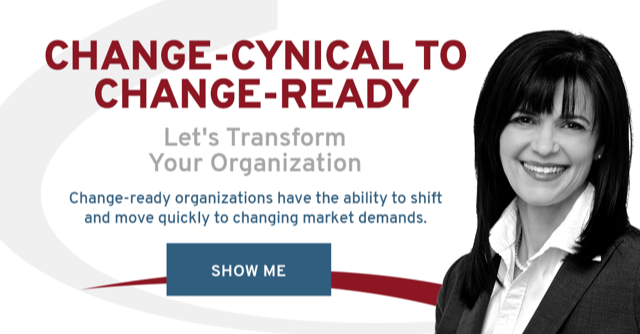Three Actions To Reduce the Stress of Change
However, we don’t have to let our stress response overtake us. We can feel more stable and balanced as we move through change. In our Stress Management for Change Course, we explore how to reduce the stress of change. Here are three actions that can help you reduce the stress of change.
- Recognize that we (humans) are hardwired for certainty and predictability. It is a primal survival mechanism. We are constantly and unconsciously assessing and then reacting to our internal and external environment. As a result, we can make an assessment and respond to a situation before our conscious or rational brain even knows something has happened.
Think for just a moment, and you can probably recall at least one example of when you knew an answer to a problem but didn’t know-how. Or you slammed on the breaks just in time and then realized you hadn’t seen the bicycle. Both of these occur in our unconscious area of the brain. The same thing can happen during change. We unconsciously assess the potential uncertainty, discomfort, and risk. We compare it to what has happened in the past, our learned and unconscious beliefs. Based on this (unconscious) assessment, we predict what we think will happen. If we perceive something outside of our usual pattern as a potential threat, our stress response is automatically activated. To deactivate the stress response, we need to activate our conscious centre of the brain.
- Neutralize the language of change. Language and, specifically, the words we use play a significant role in our response to change. Lisa Feldman Barret, a neuroscientist from Northeastern University, notes words have the power to change our biology.
Therefore, the words we use to describe and respond to change will directly influence our stress level. And it’s not just spoken words. An email or text can have the same effect. For example, imagine you are about to go into a client meeting when you get a text from your manager that says, “When you finish your meeting, come by and see me.” These are just words, no emotion, but it’s likely your heart rate went up, and you felt your gut tighten a little or other physical symptoms. Or maybe as you are getting the kids ready on a hectic morning, one of them absent-mindedly says, “you’re the best.” It’s likely you automatically smiled and relaxed a little as your body automatically gave you a little hit of oxytocin (the love hormone).
 Language and a new vocabulary to talk about change are two things I help leaders develop when I coach them on preventing resistance to change. They work to build a neutral vocabulary grounded in the readiness mindset.
Language and a new vocabulary to talk about change are two things I help leaders develop when I coach them on preventing resistance to change. They work to build a neutral vocabulary grounded in the readiness mindset.
- Pause to give your conscious brain time to interact. Remember your brain’s sole purpose is to keep you alive. Therefore, the ability to respond quickly is a primary survival mechanism. It takes 500 milliseconds longer for our conscious awareness to make an assessment, form a thought and decide on a reaction than it does our unconscious centre[1]. One technique we share in the Stress Management for Change course is the two-second pause. The pause gives your executive centre time to catch up, enabling you to deactivate the stress response and interact instead of reacting.
Reducing Discomfort During Change is In our Control
Change is hard, and it will naturally trigger a stress response. However, when you discover how to navigate change and work with your change response, you can reduce your stress. It is possible to feel in control even when you are not making all the decisions.



